Why Are Vehicles Still so Heavy? Blame Manufacturing Infrastructure

Car manufacturers have achieved significant fuel economy gains in recent years, but the improvements largely come down to upgraded drivetrain efficiency. Vehicles still weigh substantially more today than they did in the early 1980s, when the previous decade’s demand for fuel economy improvements forced the issue.
Since then, automobiles have gradually packed on the pounds — negatively offsetting the technology encouraging fuel frugality. Modern safety concerns, improved build quality, sound dampening, and consumer demand for bigness have all helped to keep the typical family transport oinking around a two-ton curb weight.
If companies could effectively slim down those autos, without sacrificing structural rigidity, safety, or consumer comfort, the efficiency gains would become all the more significant. However, with few consumers ready to dive back into noisy, frail hatchbacks, weight savings will likely need to be done on the molecular level. In a new study, the Center for Automotive Research (CAR) in Ann Arbor investigated the materials going into 44 separate 2015 model year cars and asked automakers what would they use if they suddenly needed to reduce weight from essential items.
Accomplished with the support of nine automakers, the study investigates individual parts on various production vehicles. While the automakers provided extensive information on the components and their assembly, CAR was forbidden from disclosing the specific models used for the study. However, CAR claims the chosen vehicles are common on public roads and comprise over half of the U.S.’s car sales volume.
“If you really have to get lighter weight vehicles, there is a huge shift to composites, and especially carbon fiber,” Jay Baron, CEO of the center’s research group, told Automotive News. “Even in pillars and crossbeams and rails.”
Baron said the message he received from automakers was, “We cannot get to a 15 percent lighter weight car without getting very aggressive with composites.”
The National Highway Traffic Safety Administration’s safety regulations and the Corporate Average Fuel Economy standard are a big part of why cars haven’t gotten much lighter in recent years, but absolutely need to. With average fuel economy guidelines destined to increase to 54.5 miles per gallon by 2025, automakers would certainly benefit from weight reduction.
However, the most common weight-saving measures have come from lightening the engine itself through the use of temperature-resistant plastics (and by shrinking the motor’s overall size).
The study indicates that most automakers turn to steel and aluminum when asked to reduce a vehicle’s weight by 5 percent. Ford has already made use of an entirely aluminum body for the current F-150 and further cut weight by introducing hardened plastics elsewhere, but aluminum’s lack of durability limits its advantages and ease of enactment.
Magnesium could also use the existing steel-based fabrication infrastructure but, with so much of the production based in China, the potential for a supply disruption makes high-volume use unfeasible. It also carries a higher than average cost.
Carbon fiber and similar composites offer the greatest benefit in weight reduction, but carmakers agreed that it is also the most difficult to incorporate into large-scale production. Embracing composites as a core building material would require the abandonment of existing manufacturing methods while increasing the accepted variation in part-to-part fabrications. There is also an incredibly high material and fabrication cost.
Companies agreed that the largest barrier to lightweighting was the initial capital investment toward changing manufacturing norms. With that in mind, the trend over the next ten years should progress with the introduction of lighter materials in key structural areas like the doors, hood, front pillars, and fenders. Still, Baron told AN, the materials used will likely remain steel-based for the time being.
“They say, ‘We worked hard to get standardized processes, and now that we have them you want us to make a composite door?’ It’s not standard, so you’re disrupting the process.”

A staunch consumer advocate tracking industry trends and regulation. Before joining TTAC, Matt spent a decade working for marketing and research firms based in NYC. Clients included several of the world’s largest automakers, global tire brands, and aftermarket part suppliers. Dissatisfied with the corporate world and resentful of having to wear suits everyday, he pivoted to writing about cars. Since then, that man has become an ardent supporter of the right-to-repair movement, been interviewed on the auto industry by national radio broadcasts, driven more rental cars than anyone ever should, participated in amateur rallying events, and received the requisite minimum training as sanctioned by the SCCA. Handy with a wrench, Matt grew up surrounded by Detroit auto workers and managed to get a pizza delivery job before he was legally eligible. He later found himself driving box trucks through Manhattan, guaranteeing future sympathy for actual truckers. He continues to conduct research pertaining to the automotive sector as an independent contractor and has since moved back to his native Michigan, closer to where the cars are born. A contrarian, Matt claims to prefer understeer — stating that front and all-wheel drive vehicles cater best to his driving style.
More by Matt Posky
Latest Car Reviews
Read moreLatest Product Reviews
Read moreRecent Comments
- Funky D The only piece of technology introduced in the last 10 years that is actually useful is the backup camera. Get rid of the rest. All I want is a car with that and phone connectivity and zero driving nannies.
- TheMrFreeze As somebody who's worked in IT for my entire career, I don't want any computer automatically doing something of this nature on my behalf. Automatically turning on my headlights? Sure (and why hasn't THAT been mandated yet). Automatically braking, or steering, or actually driving my car for me? Not an effing chance...I've seen computers do too much weird stuff for no reason to trust my life to one.
- Daniel J Our CX-5 has hit its automatic brakes a few times at in very unnecessary situations. My 2018 doesn't have it, but it will shake and throw a warning if it thinks you should brake. Only once was it needed. The dozen or so times it has gone off I was already on the brakes or traffic was in a pattern that just fooled it.
- Kosmo This would become interesting with a turbo and 6MT.
- CanadaCraig 'Afraid' is the wrong word. The question should be, "Do you trust autonomous cars to get you from point A to point B and all points in between safely?" And my answer to that question is 'NO'.



















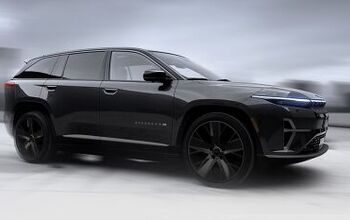

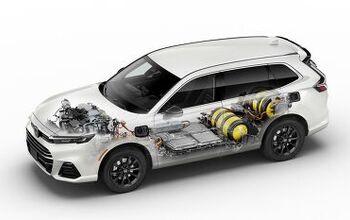
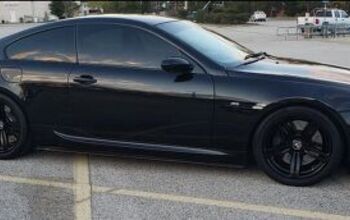

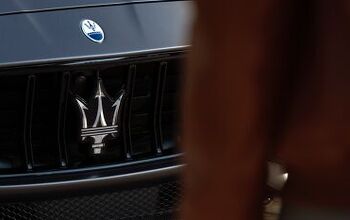
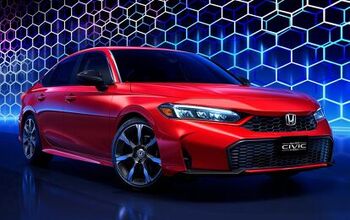
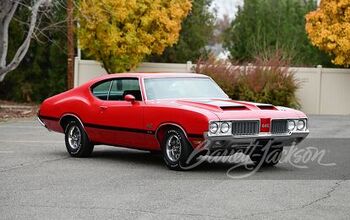
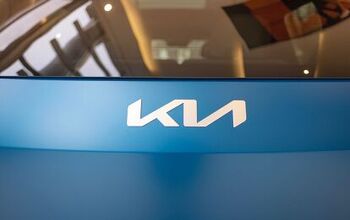

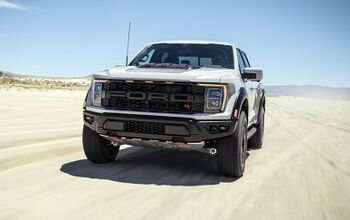


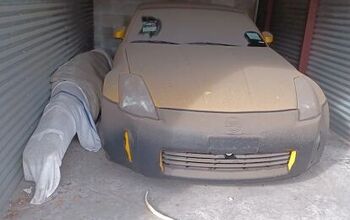
Comments
Join the conversation
We have met the enemy, and it is us. Based just on comments from the last few weeks on TTAC. Someone made the comment last week that Mazda should just add the extra 20-30 pounds of soundproofing to make their cars closer to Toyota quiet. Readers here will not buy a car without power windows (Hand crank? What is it, a Model T!?!), power locks, mirrors, seats, heated seats and a heated steering wheel, infotainment system, separate climate controls, ect,ect, ect. All this on top of the hundreds of pounds of of safety equipment mandated by the government, and you have some severely bloated iron.
I would think at some point down the road additive manufacturing might help contribute to shedding some weight.